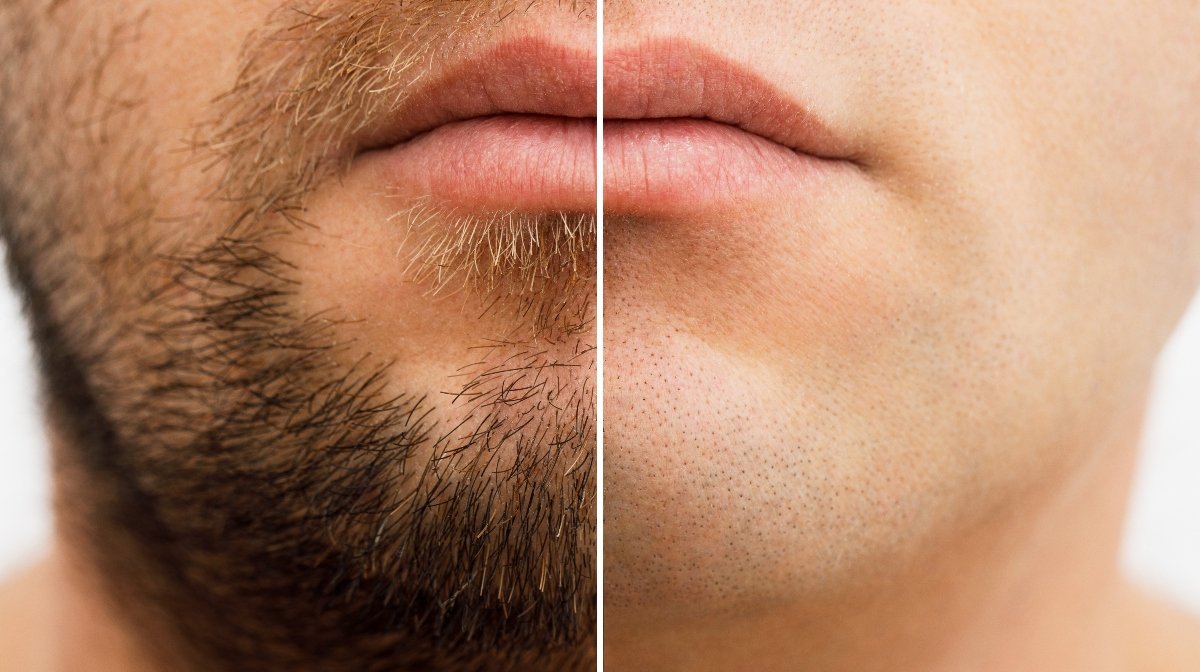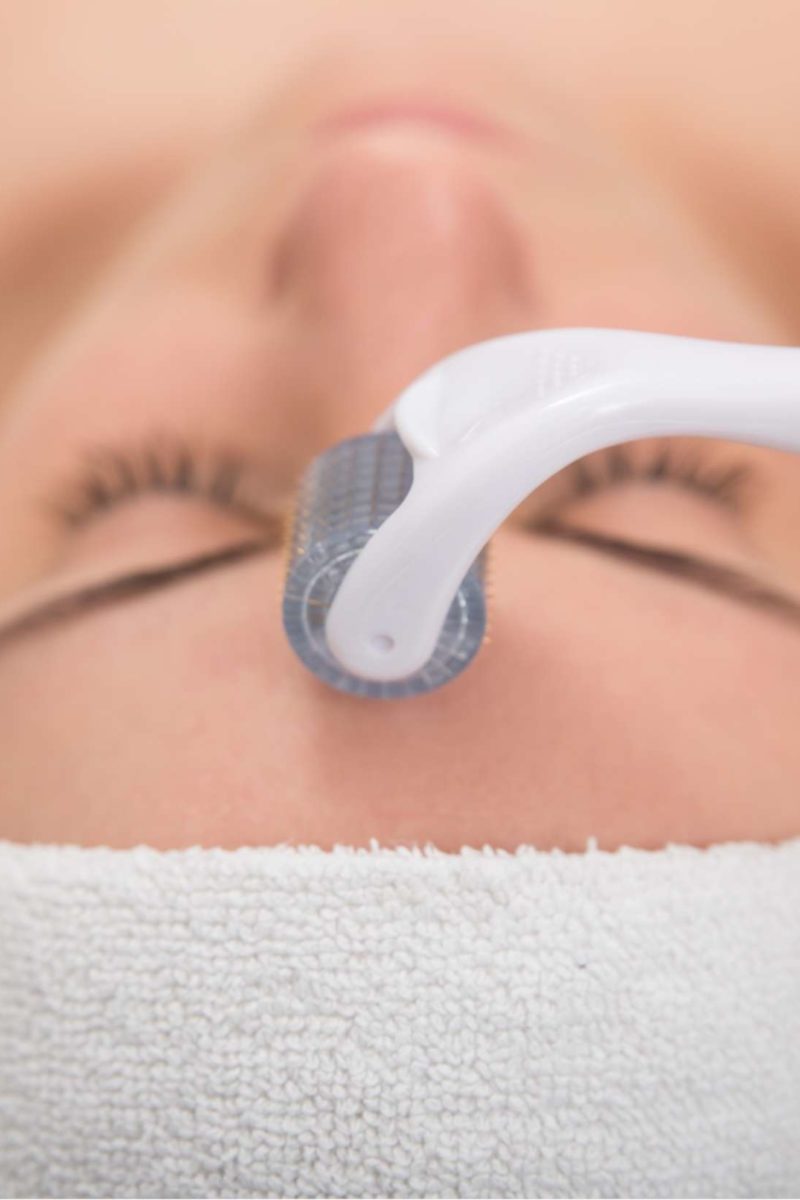Table Of Content

While it's easy to understand growth spurts and deep voices, what's the purpose of facial hair? Laser treatment reduces hair density and puts hair follicles in a state of dormancy for a long time, Dr. Gonzalez says. On one hand, there’s the expensive and time consuming option of laser hair removal, which can also be more precise and offer longer-lasting results than other methods.
Can you get drunk on boozy food?
Here are dermatologists’ tips to help you get a clean shave. I’ve heard it myself and I’ve read the rebuttals by dermatologists and skin experts. I got to wondering about the actual scientific data underlying the conclusion. Gentle strokes help prevent hair breakage and scalp irritation.
Author's Note: Does shaving really make hair grow back thicker?
It’s biologically impossible for hair to grow back thicker because of shaving. After removing the vellus hair, your skin will instantly feel and look smoother and brighter. As for general shaving tips, always prep by washing your face and body and warming your skin to soften the hair and the skin itself. All our experts underscore the importance of using a fresh, clean, sharp razor and a gentle, easy-glide shave product (such as a gel or cream) to avoid snags and cuts. If you’re looking for a deep, close shave, Longsworth suggests shaving against the grain of the hair. She recommends going with the grain if you have sensitive skin or are particularly prone to ingrowns.
Chin Hairs: Why Women Get Them and How to Remove - The New York Times
Chin Hairs: Why Women Get Them and How to Remove.
Posted: Mon, 20 Dec 2021 08:00:00 GMT [source]
What Are The Best Shaving Razors?
Well, shaving as a method of hair remover does not cause hyperpigmentation. It happens due to the aggressive nature of hair removal repeatedly in one area. In other words, the constant rubbing and scraping of the razor blades against your skin can cause irritation. When that irritation is repeated often, it can darken your skin. No, there is no scientific evidence to support the claim that shaving makes hair thicker over time. Hair thickness and density are primarily determined by genetic and hormonal factors, not by shaving.
Then there’s waxing, sugaring, or epilating, which each have their advantages and disadvantages. Whatever you choose, just know that, for better or worse, nothing you do will cause your hair to grow back thicker, darker or even faster. In other words, when shaved hairs first start to grow back in, they may seem thicker or darker than before — but they’re really not. The roots of this myth may be tied to the fact that hair regrowth can look different at first. The mean growth per hour was determined for each of the various periods which had elapsed since the previous shaving. Wetshaving is how barbers used to get the ultrasmooth shave of legends.

Always moisturize post-shaving and use sunscreen or wait 24 hours before exposing freshly shaved skin to direct sunlight for an extended period. As for shaving frequency, it totally depends on the individual and their personal preferences. That’s a myth that persists despite scientific evidence to the contrary. Shaving has no effect on new growth and doesn’t affect hair texture or density.

The Science Behind Hair Growth
According to Shays, dragging a razor over the area too frequently can create dry, irritated skin and cause hyperpigmentation, so avoid daily shaving—perhaps opt for weekly instead. Longsworth suggests looking for a shaving gel or cream with moisturizing ingredients like aloe and vitamin E to help reduce friction and irritation. Gently pull the skin taut for a smooth surface, and shave with light strokes. If you’re not prone to ingrown hairs, feel free to shave against the grain, but those who are should stick to shaving with the grain.
Common shaving myths debunked: Does shaving make your hair thick?
It also leads to an even appearance, if some of your hair is longer than other parts. Your arms and legs are larger spaces that can have more curves, which may be prone to nicks and cuts. Learn why this is, how you can get a better shave, and what the real side effects of shaving can be. If you have questions about how to shave or take care of your skin, see a board-certified dermatologist.
Another common misconception is that shaving accelerates hair growth. In reality, shaving does not alter the rate at which hair grows. Hair growth is primarily influenced by factors such as genetics, hormonal fluctuations, and overall health.
Just like how body hair grows back at different rates for different people, the hair on various areas of your body also can grow back at different speeds. For example, armpit hair generally grows back 50 percent quicker than the hair on our legs. This is why if you shave both areas, you may shave your armpits more frequently than your legs and why you may find yourself barely ever having to shave other areas. If you want to avoid things such as pimples and ingrown hairs, follow the steps provided in this article on how to safely and adequately shave your body.
According to Longsworth, hairs in the underarm area can grow in many directions, making them appear wilder than other body hair. Plus, the skin here can be especially sensitive, which increases the likelihood of developing a rash, irritation, or general itchiness. Though the potential for nicks, burns, bumps, ingrowns, and irritation is rife, shaving has remained a popular option for those who choose to remove their body hair. And yet, despite its enduring legacy, much of what we know (or think we know) about shaving is downright false. For example, we’re willing to bet you’ve heard that shaving makes hair grow back even faster and thicker. Shaving removes the dead portion of hair, not the living section lying below the skin’s surface, so it is unlikely to affect the rate or type of growth.
7 Best Women's Facial Razor of 2024 - BestProducts.com
7 Best Women's Facial Razor of 2024.
Posted: Tue, 16 Jan 2024 08:00:00 GMT [source]
All hair follows the same set of growth cycles, explains Hirsch, though the specific cycles differ in both time and hair length depending on the area. There are three main phases within the hair growth cycle. The first is the anagen phase, during which growth begins at the root of a hair follicle via blood supply and nutrients. This is followed by the catagen phase, during which the hair transitions from a growing to a resting phase and detaches from the body’s blood supply. Finally, the telogen phase is the inactive phase, when the hair sheds or falls out of the follicle.

No comments:
Post a Comment